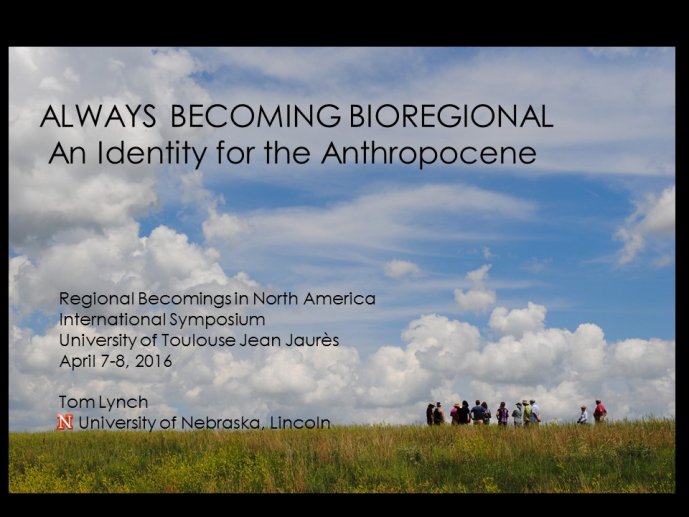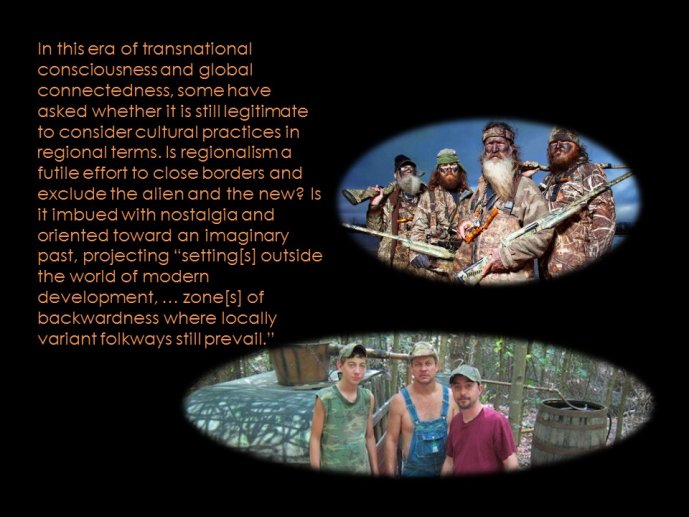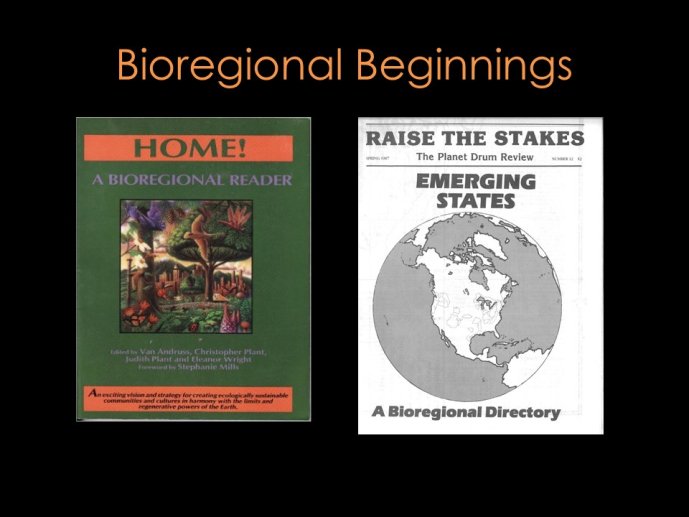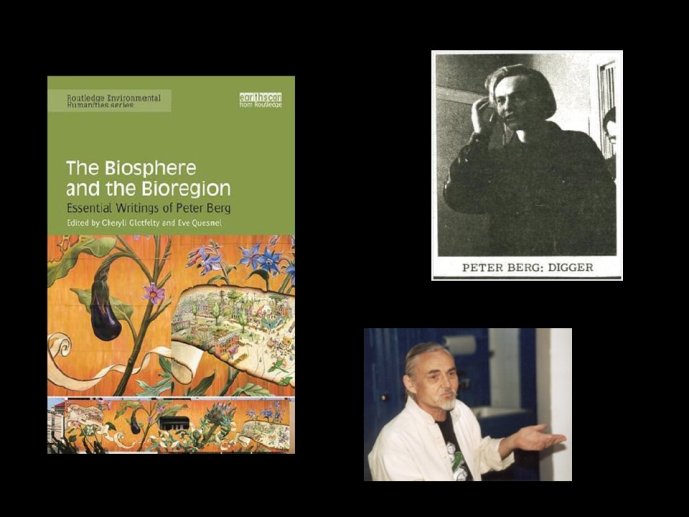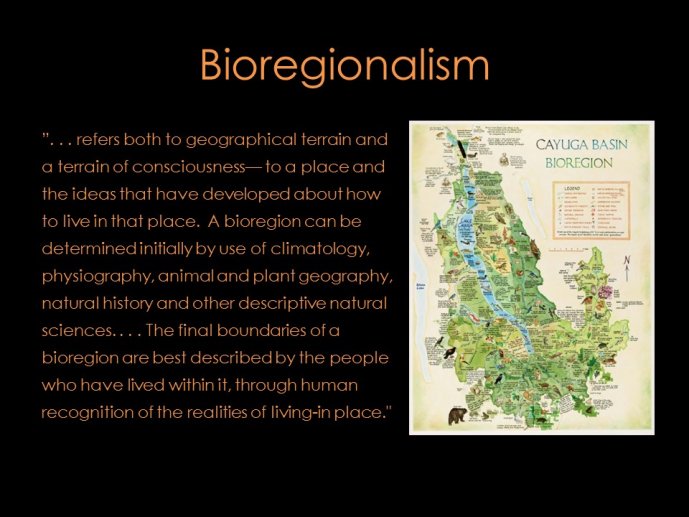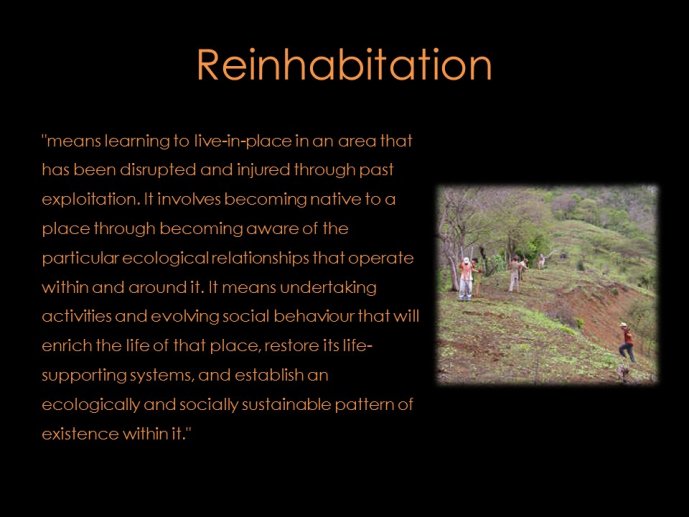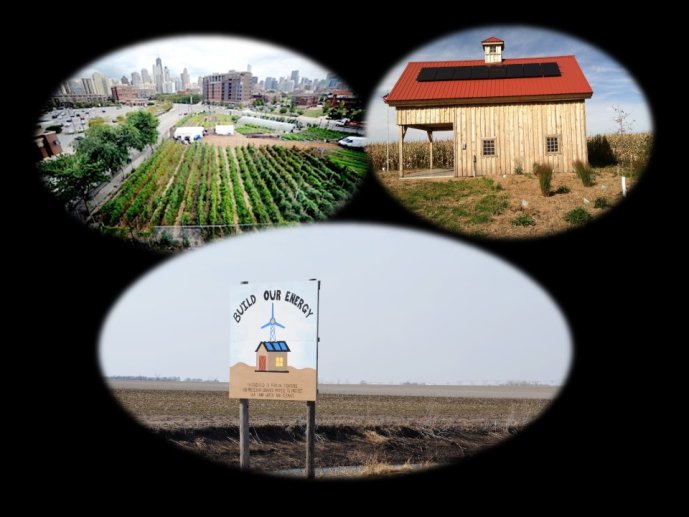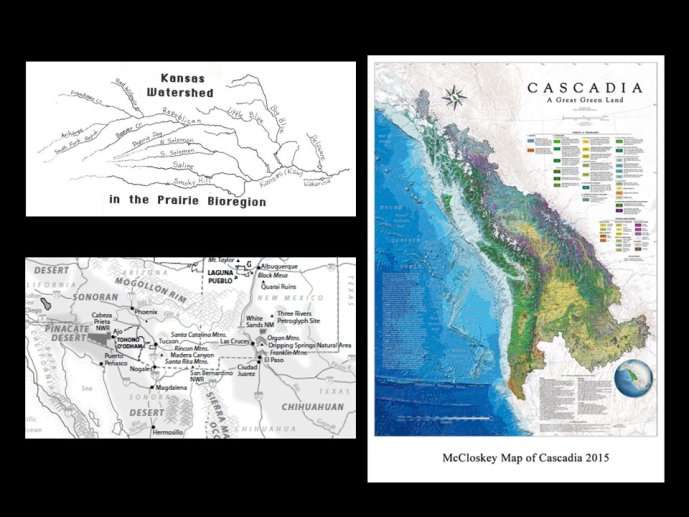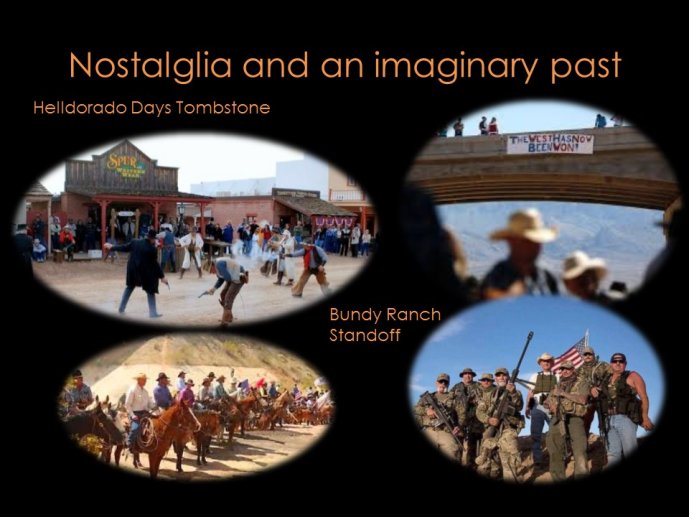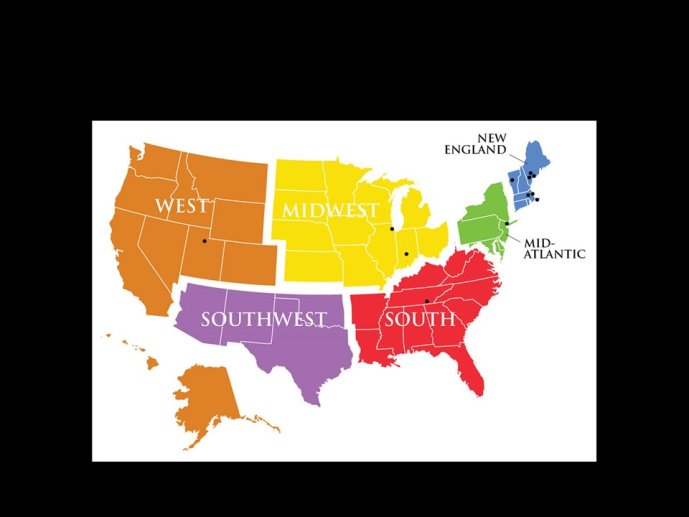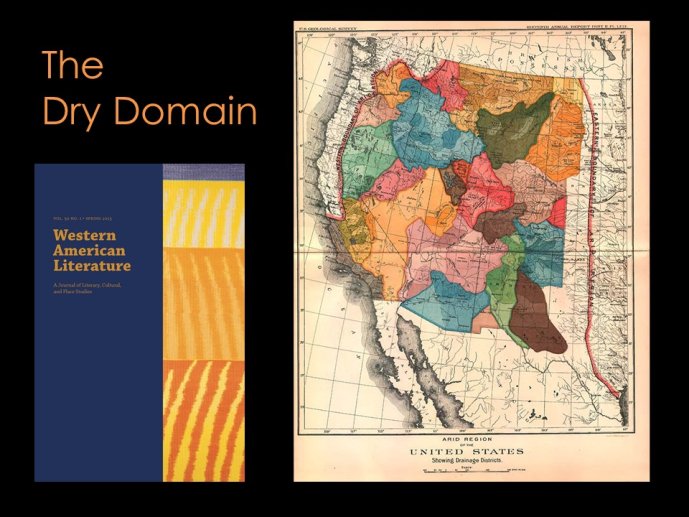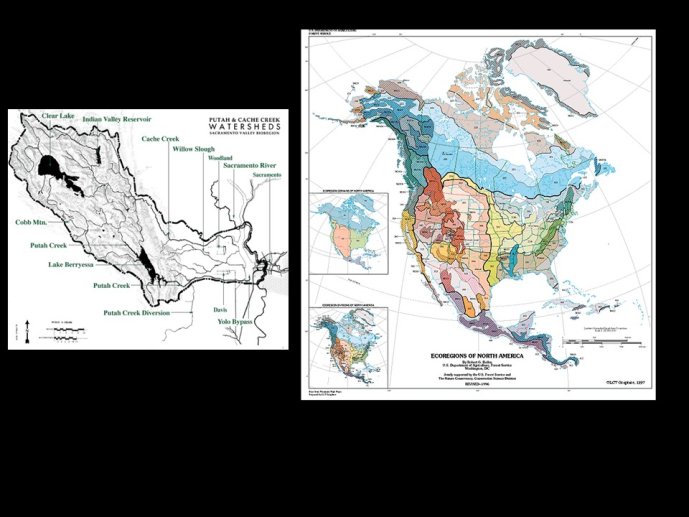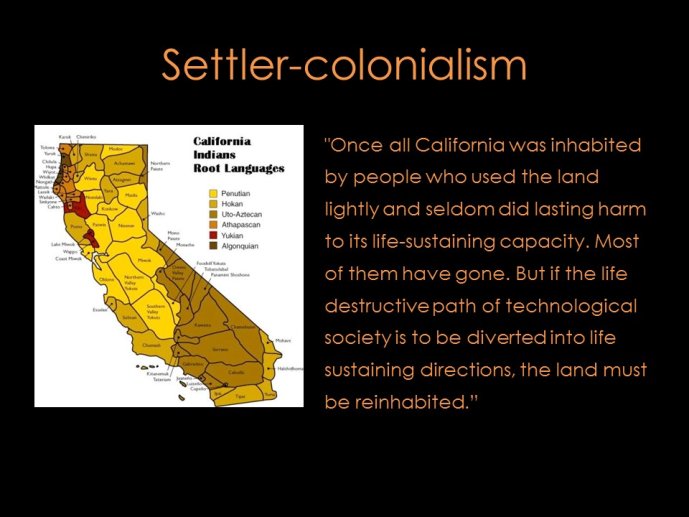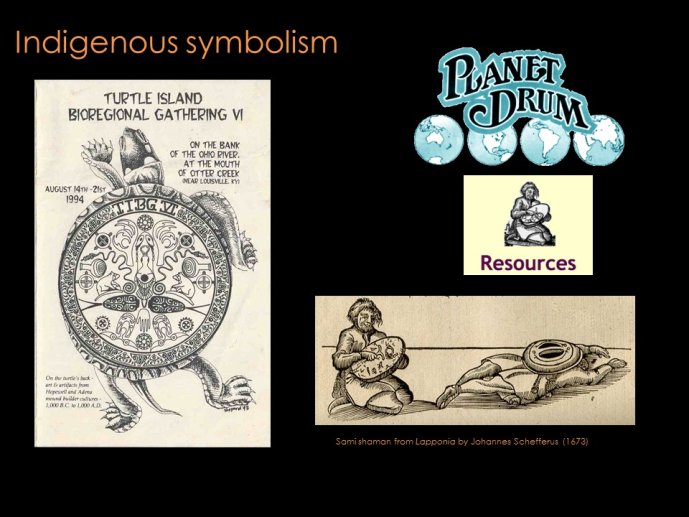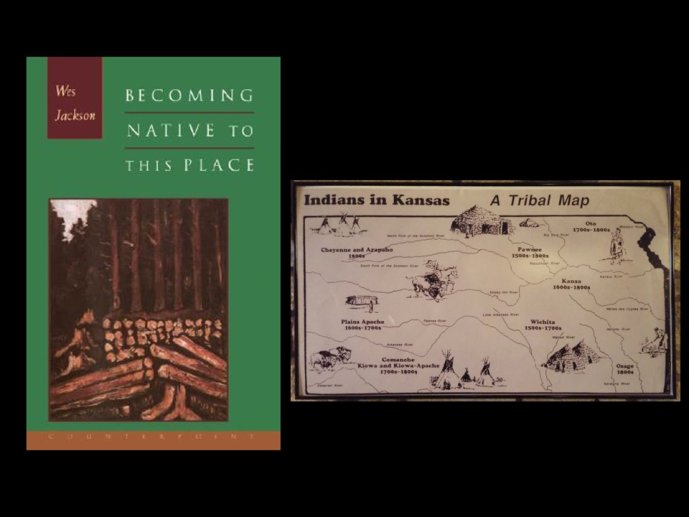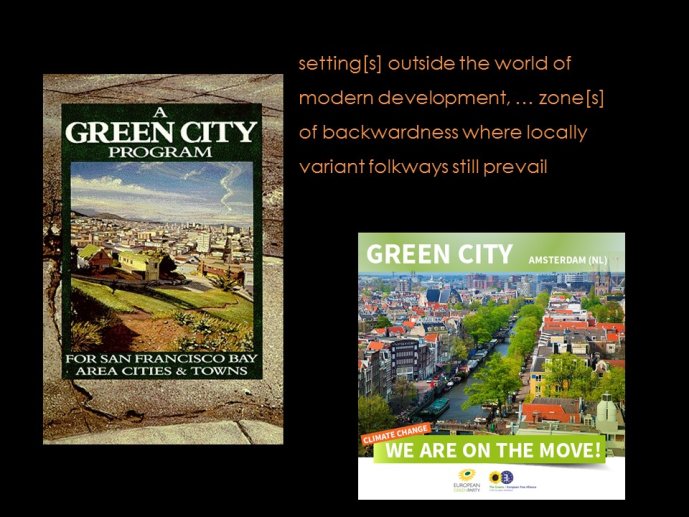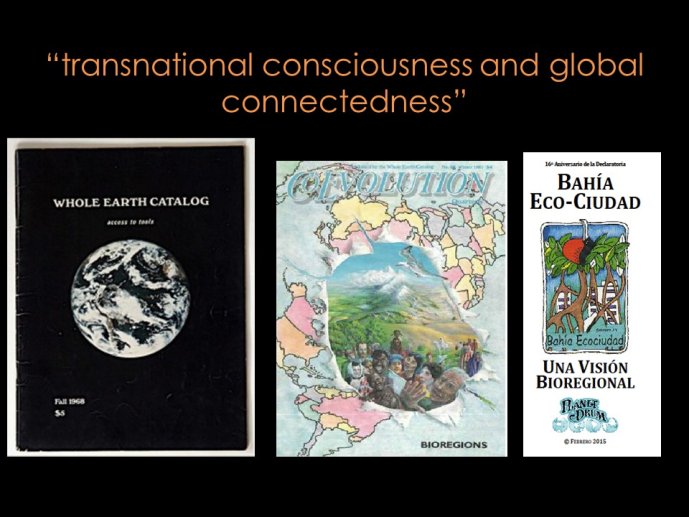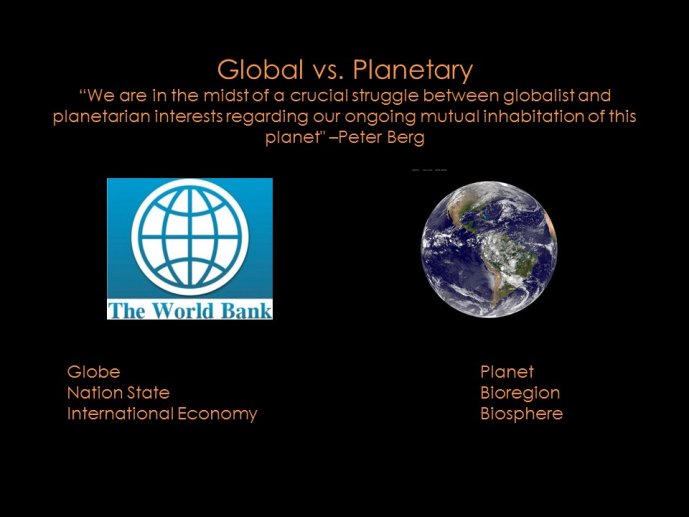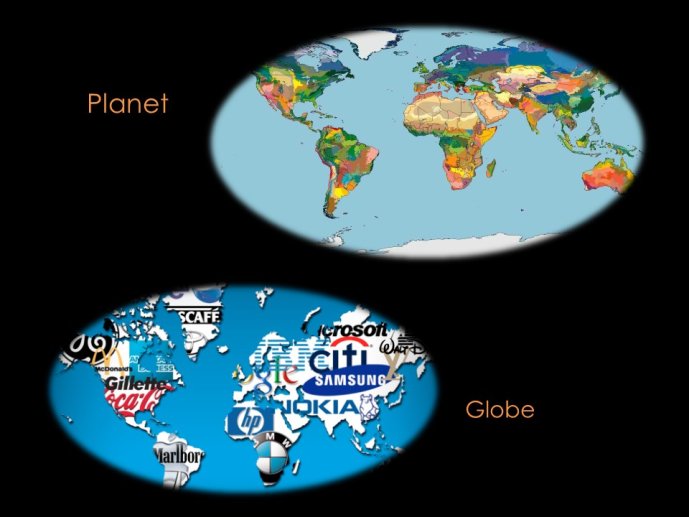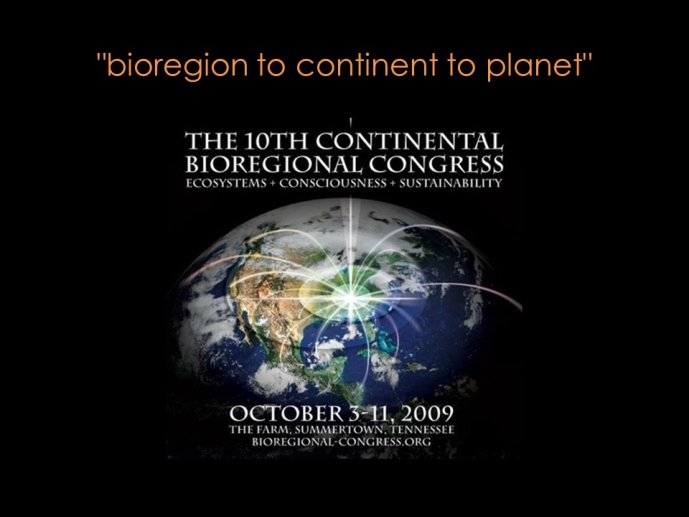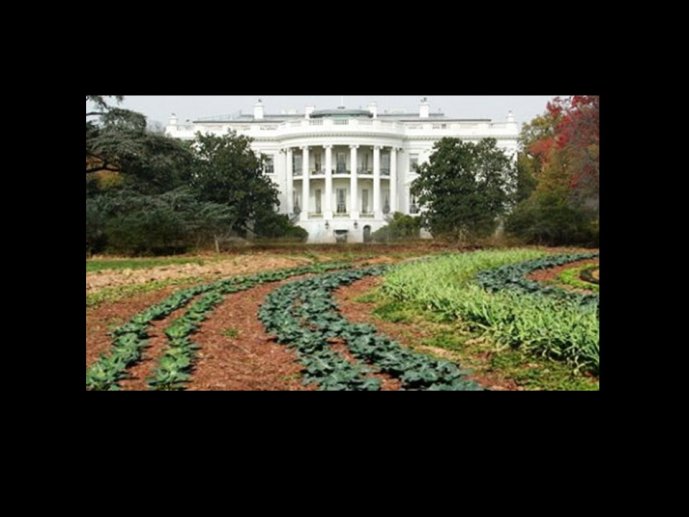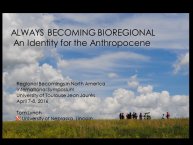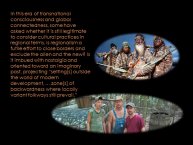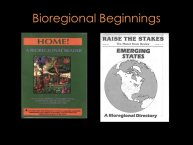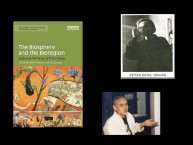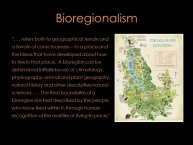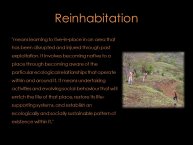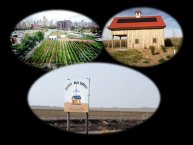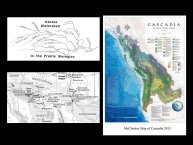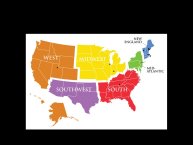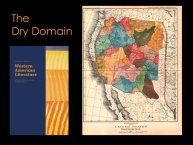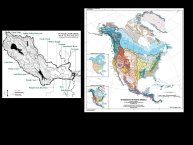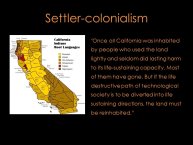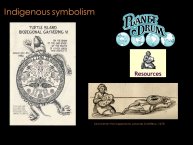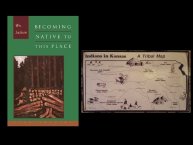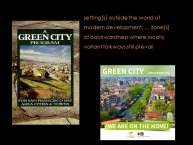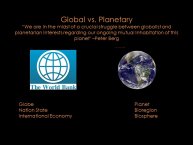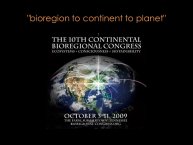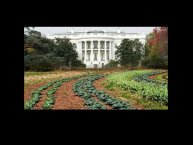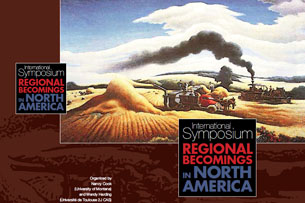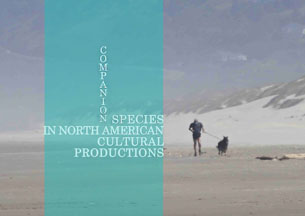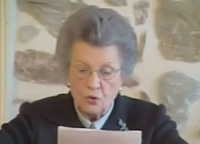Notice
Always Becoming Bioregional / Tom Lynch
- document 1 document 2 document 3
- niveau 1 niveau 2 niveau 3
Descriptif
Always Becoming Bioregional / Tom Lynch, in symposium international "Regional Becomings in North America" organisé, sous la responsabilité scientifique de Wendy Harding (Cultures Anglo-Saxonnes (CAS), Université Toulouse Jean Jaurès, France) et de Nancy Cook (University of Montana, USA), Université Toulouse Jean Jaurès, 7-8 avril 2016.
Session 1: Bioregional Becomings I.
Usingthe American West as the primary example, Tom Lynch offers bioregionalism as analternative to traditional regional formations. By foregrounding thecharacteristics of the natural world as part of personal and place-basedidentity, bioregionalism necessarily links identity with environmental concernshelping to generate an ecologically aware consciousness.
Bioregionalismalso helps us to avoid many of the unproductive dichotomies that bedevilplace-oriented thinking. It links city and country, wilderness and heavilyutilized landscapes, within the context of an encompassing bioregion orwatershed. It mitigates us-them polarities of insider-outsider, since humansare primarily understood not as various cultures, nationalities, ethnicities,races, migrants, etc., some of which do and some of which do not belong in aparticular place. Instead, it understands humans primarily as one among manyanimal species seeking to inhabit a territory and is suspicious of politicalborders. Bioregional borders are necessarily contingent, permeable, andshifting. Bioregions are understood as nested and interconnected, subsuminglocal vs. global or "roots" vs. "routes" binaries.
Thepaper concludes by arguing that bioregionalism is a process-oriented sense ofplace, acknowledging systems and connections both within and beyond the local.Bioregional identity is a practice: it is something one does, not something oneis. One is always becoming a bioregional inhabitant.
Thème
Documentation
Bibliographie indicative
Bertens, Johannes Willem., Theo D’. Haen, and Ineke Bockting, eds. ‘Writing’ Nation and ‘writing’ Region in America. Vol. 33. Amsterdam : VU UP, 1996. Print. European Contributions to American Studies.
Brodhead, Richard H. Cultures of Letters : Scenes of Reading and Writing in Nineteenth-century America. Chicago : U of Chicago, 1993. Print.
Campbell, Neil. The Cultures of the American New West. Chicago : Fitzroy Dearborn, 2000. Print.
Campbell, Neil. The Rhizomatic West : Representing the American West in a Transnational, Global, Media Age. Lincoln : U of Nebraska, 2008. Print.
Clifford, James. Routes : Travel and Translation in the Late Twentieth Century. Cambridge, MA : Harvard UP, 1997. Print.
Crow, Charles L., ed. A Companion to the Regional Literatures of America. Oxford : Blackwell, 2003. Print.
Deleuze, Gilles, and Félix Guattari. A Thousand Plateaus : Capitalism and Schizophrenia. Minneapolis : U of Minnesota, 1987. Print.
Fetterley, Judith, and Marjorie Pryse. Writing out of Place : Regionalism, Women, and American Literary Culture. Urbana : U of Illinois, 2003. Print.
Foote, Stephanie. “Local Knowledge and Women’s Regional Writing.” The Cambridge History of American Women’s Literature. Ed. Dale Bauer. Cambridge and New York, 2012.
Frampton, Kenneth. “Towards a Critical Regionalism : Six Points for an Architecture of Resistance.” Postmodern Culture. Ed. Hal Foster. London : Pluto, 1985. 16-30. Print.
Franklin, Wayne, and Michael Steiner. Mapping American Culture. Iowa City : U of Iowa, 1992. Print.
Glotfelty, Cheryll, Quesnel, Eve. The Biosphere and the Bioregion: Essential Writings of Peter Berg. London, Routledge, 2015, 326 p.
Herr, Cheryl. Critical Regionalism and Cultural Studies : From Ireland to the American Midwest. Gainesville : U of Florida, 1996. Print.
Jones, Karen R., and John Wills. American West : Competing Visions. Edinburgh : Edinburgh UP, 2009. Print.
Jordan, David. New World Regionalism : Literature in the Americas. Toronto : U of Toronto, 1994. Print.
Kollin, Susan. Postwestern Cultures : Literature, Theory, Space. Lincoln : U of Nebraska, 2007. Print.
Lippard, Lucy R. The Lure of the Local : Senses of Place in a Multicentered Society. New York : New, 1997. Print.
Lynch, Tom, Glotfelty, Cheryll, Armbruster, Karla. The Bioregional Imagination: Literature, Ecology, and Place. Athens (GA), University of Georgia Press, 2012, 440 p.
Mahoney, Timothy R., and Wendy J. Katz, eds. Regionalism and the Humanities. Lincoln : U of Nebraska, 2008. Print
McGinnis, Michael Vincent, ed. Bioregionalism. London : Routledge, 1999. Print.
Powell, Douglas Reichert. Critical Regionalism : Connecting Politics and Culture in the American Landscape. Chapel Hill : U of North Carolina, 2007. Print.
Soja, Edward W. Postmodern Geographies : The Reassertion of Space in Critical Social Theory. London : Verso, 1989. Print.
Thayer, Robert L. LifePlace : Bioregional Thought and Practice. Berkeley : U of California, 2003. Print.
Van Andruss, Christopher, Judith Plant and Eleanor Wright. Home!: a bioregional reader. Gabriola Island (Canada): New Society Publishers, 1990, 181 p.
Wilson, Chris, and Paul Erling. Groth, eds. Everyday America : Cultural Landscape Studies after J.B. Jackson. Berkeley : U of California, 2003. Print.
Dans la même collection
-
Evolution of the Ecotopian Myth in the Pacific Northwest into a Culture of Sustainability / Steven …
JOHNSON Steven Reed
Evolution of the Ecotopian Myth in the Pacific Northwest into a Culture of Sustainability / Steven Reed Johnson, in symposium international "Regional Becomings in North America" organisé, sous la
-
Cascadia: Emergence of a Bioregional Culture in the Pacific Northwest / Julie Celnik
CELNIK Julie
Cascadia: Emergence of a Bioregional Culture in the Pacific Northwest / Julie Celnik, in symposium international "Regional Becomings in North America" organisé, sous la responsabilité scientifique de
-
Playing Pioneer Woman / Margaret D. Jacobs
JACOBS Margaret D.
Playing Pioneer Woman / Margaret D. Jacobs, in symposium international "Regional Becomings in North America" organisé sous la responsabilité scientifique de Wendy Harding (Cultures Anglo-Saxonnes (CAS
-
Going Local and Getting Personal: Toward a Regional Reading Practice / Nancy Cook
COOK Nancy
Going Local and Getting Personal: Toward a Regional Reading Practice / Nancy Cook, in symposium international "Regional Becomings in North America" organisé sous la responsabilité scientifique de
-
Jayne Anne Phillip’s Poetic Reinvention of Appalachia in MotherKind / Sarah Dufaure
DUFAURE Sarah
Jayne Anne Phillip’s Poetic Reinvention of Appalachia in MotherKind / Sarah Dufaure, in symposium international "Regional Becomings in North America" organisé sous la responsabilité scientifique de
-
Geographies and Genealogies : Jane Smiley, Marilynne Robinson and Louise Erdrich
OLSTER Stacey Michele
Geographies and Genealogies: Jane Smiley, Marilynne Robinson and Louise Erdrich / Stacey Olster
-
Becoming Californian through Travel and Writing, Friendship and Patronage / Cathryn Halverson
HALVERSON Cathryn
Becoming Californian through Travel and Writing, Friendship and Patronage / Cathryn Halverson, in symposium international "Regional Becomings in North America" organisé sous la responsabilité
-
Notes from California’s Native Daughters / Audrey Goodman
GOODMAN Audrey
Notes from California’s Native Daughters / Audrey Goodman, in symposium international "Regional Becomings in North America" organisé sous la responsabilité scientifique de Wendy Harding (Cultures
Avec les mêmes intervenants et intervenantes
-
Companions in Restoration: Buffalo Ranching as Interspecies and Intercommunity Reconciliation, The …
LYNCH Tom
Companions in Restoration: Buffalo Ranching as Interspecies and Intercommunity Reconciliation, The Case of Dan O’Brien’s Wild Idea / Tom Lynch, Keynote in International Symposium "Companion Species in
Sur le même thème
-
Going Local and Getting Personal: Toward a Regional Reading Practice / Nancy Cook
COOK Nancy
Going Local and Getting Personal: Toward a Regional Reading Practice / Nancy Cook, in symposium international "Regional Becomings in North America" organisé sous la responsabilité scientifique de
-
Jayne Anne Phillip’s Poetic Reinvention of Appalachia in MotherKind / Sarah Dufaure
DUFAURE Sarah
Jayne Anne Phillip’s Poetic Reinvention of Appalachia in MotherKind / Sarah Dufaure, in symposium international "Regional Becomings in North America" organisé sous la responsabilité scientifique de
-
Geographies and Genealogies : Jane Smiley, Marilynne Robinson and Louise Erdrich
OLSTER Stacey Michele
Geographies and Genealogies: Jane Smiley, Marilynne Robinson and Louise Erdrich / Stacey Olster
-
Notes from California’s Native Daughters / Audrey Goodman
GOODMAN Audrey
Notes from California’s Native Daughters / Audrey Goodman, in symposium international "Regional Becomings in North America" organisé sous la responsabilité scientifique de Wendy Harding (Cultures
-
Henri Mouly, par sa fille
GINESTET Joëlle
Une conférence de la fille de l'auteur occitan Henri Mouly, né à Compolibat (Aveyron, Midi-Pyrénees) en 1896. Mireille Pelras nous présente une biographie de l'auteur et met en évidence son parcours d
-
Escapade avec Henri Mouly
GINESTET Joëlle
MOULY Enric
Espingadas amb Enric Mouly est composé de lectures de chapitres d'un ouvrage de souvenirs d'une enfance rurale en Rouergue, "Mas Espingadas" publié en 1933 à Rodez et en 2000 par le Grelh Roergàs. Les
-
Rencontre avec le poète Jacques Privat
GINESTET Joëlle
PRIVAT Jaumes
Ce programme vidéo nous fait découvrir le poète occitan Jaumes Privat qui nous parle de ses recueils "Talhs" et "L'Ombra un Fum" ainsi que de son parcours de poète et de plasticien. Générique

